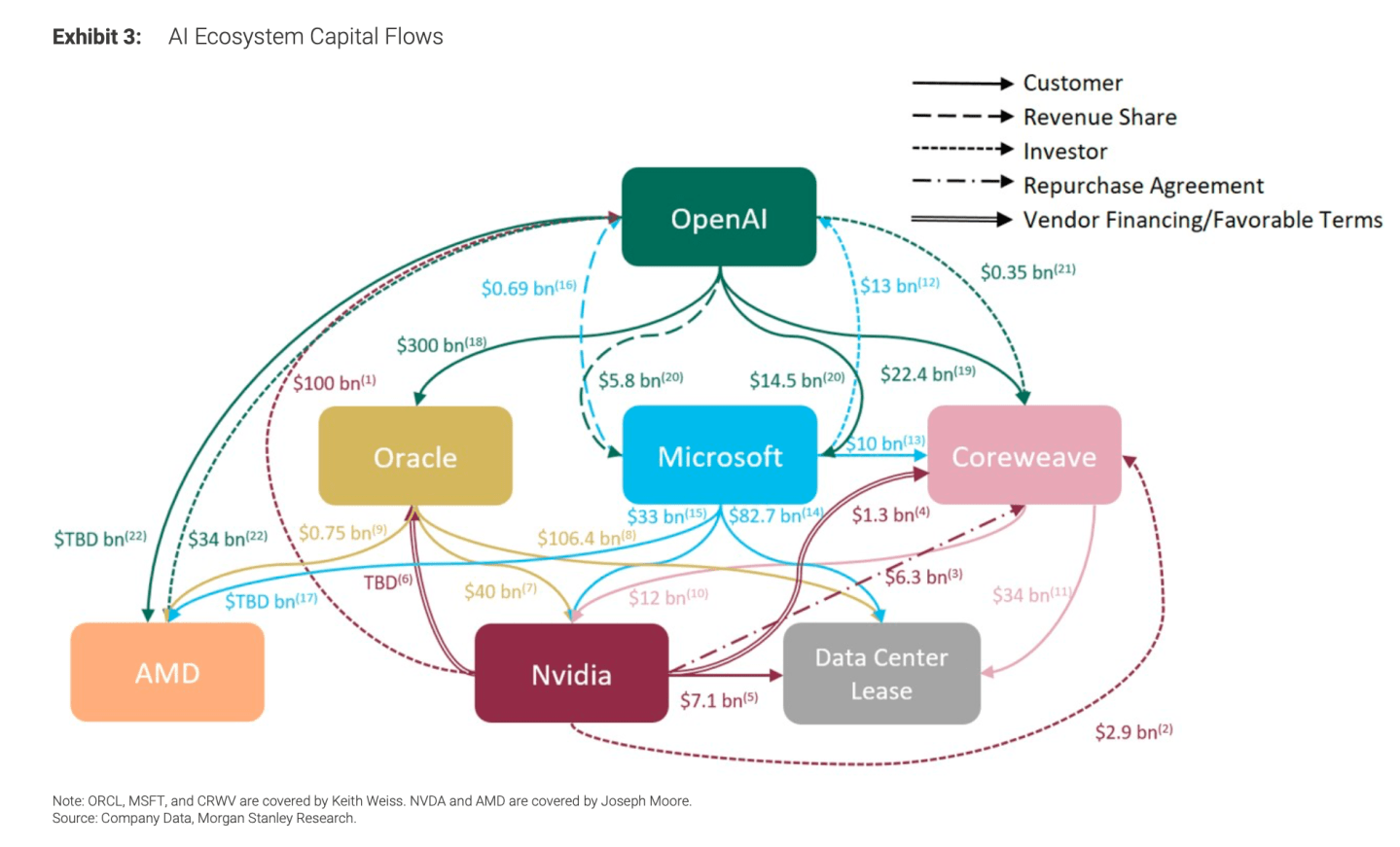Gold broke a new record high on Oct. 10, surpassing $4,000 per ounce for the first time, and continued to climb since then. On Oct. 21, the rally hit a wall, with a drop of as much as 6%, the biggest daily loss in 12 years.
Still, gold has surged about 50% in 2025, cementing its status as one of 2025’s top-performing assets.
The price increases are a reaction to major policy, geopolitical and economic developments this year, including tariffs, the Israel-Hamas conflict, concerns about the Federal Reserve’s independence and the U.S. government shutdown.
Morgan Stanley Research expects the rally to continue and revised its 2026 gold forecast upward to $4,400 per ounce, a significant increase from its previous estimate of $3,313. The new projection implies an additional gain of about 10% from early October to the end of next year.
“Investors are watching gold not just as a hedge against inflation, but as a barometer for everything from central bank policy to geopolitical risk,” says Morgan Stanley Metals & Mining Commodity Strategist Amy Gower. “We see further upside in gold, driven by a falling U.S. dollar, strong ETF buying, continued central bank purchases and a backdrop of uncertainty supporting demand for this safe-haven asset.”
What’s Driving the Rally?
For the first time since 1996, gold now accounts for a larger share of central bank reserves than U.S. Treasuries—a powerful signal of confidence in the metal’s long-term value.
Exchange-traded funds (ETFs) have also been strong buyers of gold, signaling renewed interest from institutional investors. ETFs backed by physical gold posted a record inflow of $26 billion in the third quarter1. Their total assets under management ended the quarter at $472 billion, also a record.
Even non-professional buyers, or retail investors, are joining the rush for gold.
As markets expect the U.S. dollar to weaken on prospects of slower growth in the world’s largest economy, many investors are shifting their safe-haven portfolios, moving from dollar-denominated assets to gold. Additionally, a weaker dollar makes gold more affordable for international buyers.
Another boost to gold prices comes from interest-rate reductions by the Federal Reserve. Looking back to the 1990s, gold prices have risen 6% on average in the 60 days following the start of a Fed rate-cutting cycle as lower yields make it easier for non-yielding assets to compete.
“With all these factors, it probably comes as no surprise that gold is right up at the top of our order of preference among commodities,” Gower says.
Risks of Demand Destruction
Despite the bullish outlook, the rally could face headwinds. If the U.S. dollar remains stronger than expected or if the Fed holds interest rates steady, gold’s momentum could stall.
“There’s also the risk of demand destruction from higher prices,” Gower says. “For example, as the price of gold climbs higher, central banks will need to purchase less of it to achieve their reserve targets.”
Another potential negative impact could come from the jewelry market, which accounts for 40% of gold consumption.
“Jewelry demand is already showing signs of weakness,” Gower says. “Second-quarter gold jewelry demand was the worst since the third quarter of 2020 as consumers reacted to high prices.”
Miners Respond Cautiously
Higher prices are a boost for gold producers, which have increased their mine supply by only 0.3% per year on average since 2018.
Some producers are presenting feasibility studies for new projects, expanding the life of their existing mines or resuming operations at units previously considered uneconomical.
However, several factors could lead to project delays or cancellations: difficulties in obtaining environmental and social licenses to operate, uncertainty around royalties and taxes, and constrained financial resources. In the U.S., no new mines have opened since 2002.
The chances of a new super-cycle of capital expenditures (capex) by gold producers are limited, according to Morgan Stanley Research.
“Profitable mining customers will continue to drive the de-bottlenecking of projects and underpin capex growth out to the end of the decade,” says Michael Harleaux, who covers European capital goods at Morgan Stanley Research. “But a super-cycle in the form of a substantial greenfield uptick is unlikely, given the permitting and regulatory constraints.”
Source: morganstanley.com







